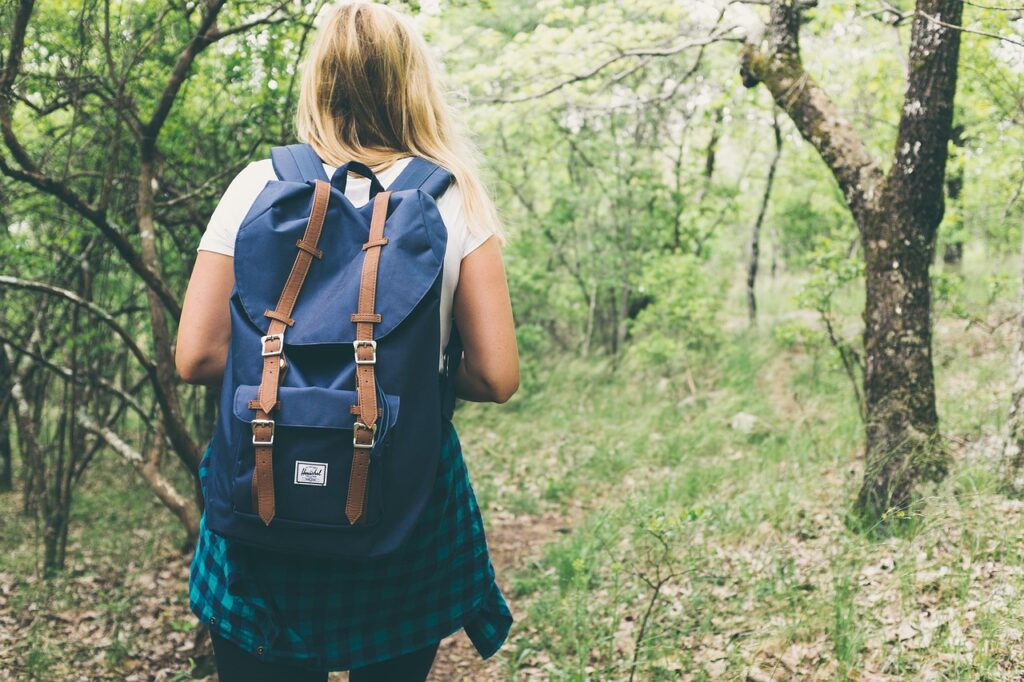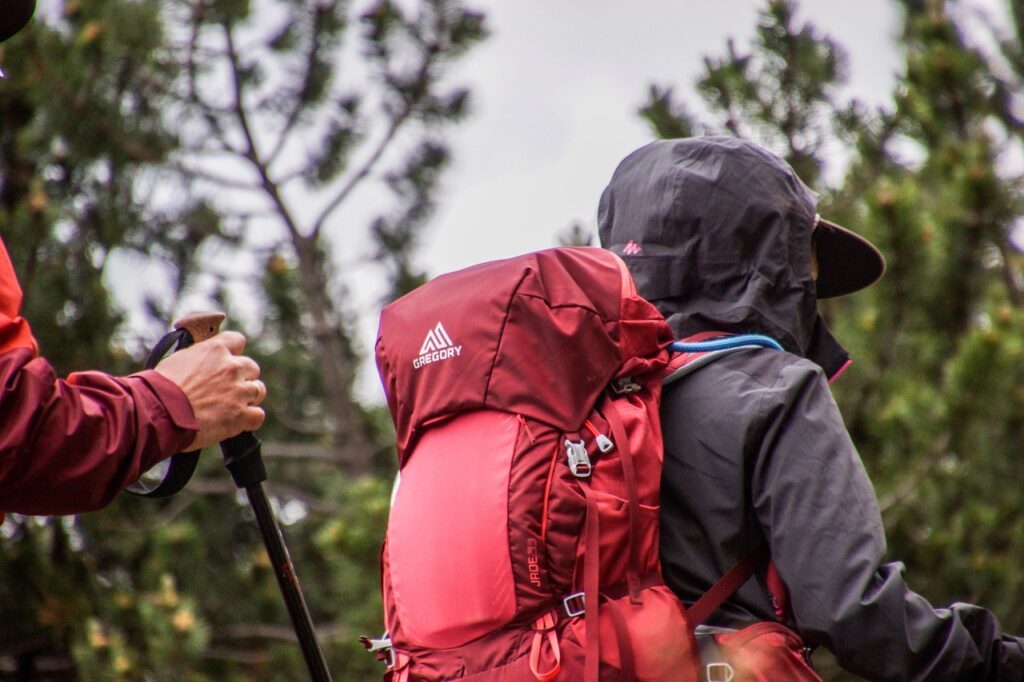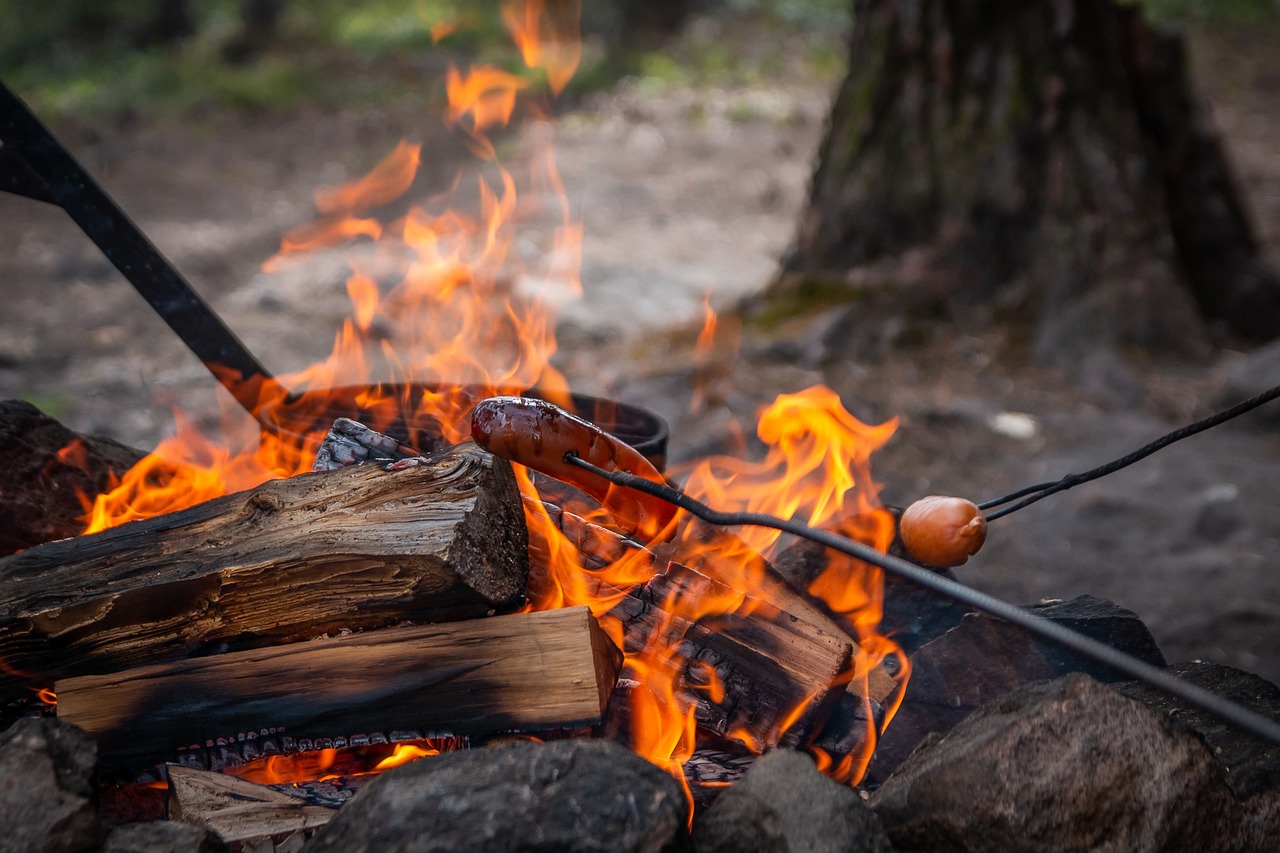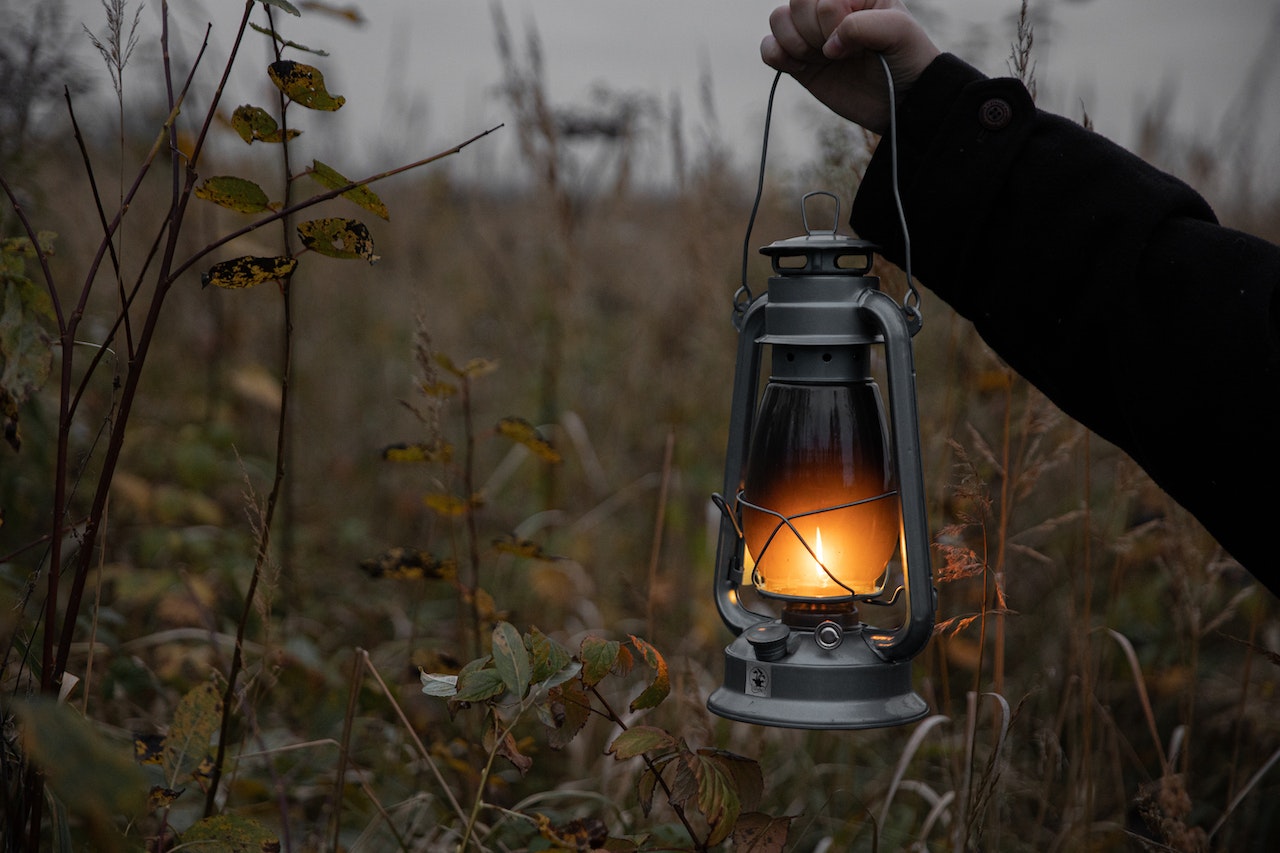Hiking vs. Walking: What’s the Difference?
Most of us have a pretty good understanding of what hiking is. After all, it’s one of America’s favorite pastimes. But what exactly is the difference between hiking and walking? Let’s take a closer look so you can make sure you’re getting the most out of your next outdoor adventure.
The main difference between hiking and walking is the terrain. When you’re hiking, you’re usually on an unpaved trail that takes you up and down hills or mountains.
This can be challenging, especially if you’re not used to it. Walking, on the other hand, is usually done on a flat, paved surface like a sidewalk or trail. It’s a great way to get some exercise, but it’s not as challenging as hiking.
Another difference between hiking and walking is the equipment. When you’re hiking, you need to wear comfortable shoes with good traction.
You might also want to bring a backpack with water and snacks so you can stay hydrated and fueled during your hike. When you’re walking, you don’t need any special equipment beyond a good pair of shoes.
Finally, the pace is different for hiking and walking. When you’re hiking, you might want to take your time so you can enjoy the scenery and take breaks when needed. Walking is often done at a faster pace so you can cover more ground in less time.

Does hiking burn more calories than walking?
Yes, hiking does burn more calories than walking. On average, a person walking at a moderate pace can expect to burn around 300-400 calories per hour. Meanwhile, a person hiking up and down hills or mountains can easily burn double or even triple that amount.
The main difference between hiking and walking is the terrain and the pace. Hiking is usually done on unpaved trails that take you up and down hills or mountains, while walking is typically done at a faster pace on a flat surface.
Also, hiking can burn more calories than walking due to its challenging terrain. So if you’re looking for an outdoor activity to get your heart rate up, then hiking is the way to go.
Is hiking good for belly fat?
Yes, hiking is a great way to work off stubborn belly fat. Since it involves walking up and down hills or mountains, the terrain helps you use more energy while also targeting your core muscles.
This means that you can burn more calories than walking on a flat surface and get your heart rate up at the same time. Just be sure to wear comfortable shoes with good traction for maximum benefit.
How does hiking change your body?
Hiking can have a number of positive impacts on your body. It helps improve cardiovascular health, build strength and endurance, boost energy levels, and reduce stress.
It also strengthens bones and joints, improves coordination and balance, builds muscle tone in the legs, core, and back muscles, burns calories to help with weight loss, and increases metabolism.
Overall, hiking and walking both have their benefits. But if you’re looking to get fit, burn calories, and target your core muscles, then hiking is the way to go. So grab a pair of comfortable shoes with good traction and hit the trails!

What are the 10 benefits of hiking?
1. Improves cardiovascular health
2. Builds strength and endurance
3. Boosts energy levels
4. Reduces stress
5. Strengthens bones and joints
6. Improves coordination and balance
7. Builds muscle tone in the legs, core, and back muscles
8. Burns calories to help with weight loss
9. Increases metabolism
10. Enhances mental clarity and focus.
What are some tips for hiking safely?
1. Wear comfortable shoes with good traction to ensure a safe and enjoyable hike.
2. Plan ahead by researching the weather, terrain, elevation changes, trails, and areas of the route you’ll be taking.
3. Pack essential items such as food, water, a flashlight, a first aid kit, and a map.
4. Tell someone where you are going and when you expect to return.
5. Stay on the marked trails and don’t attempt routes beyond your skill level or experience.
6. Pay attention to signs of fatigue such as headache or dizziness, which can be indicators of dehydration.
7. Always stay alert and aware of your surroundings.
8. Be prepared for any wildlife encounters you may encounter while hiking in the woods.
9. Bring a cell phone or other communication device in case of emergency, but remember that signals can be weak or nonexistent in remote areas.
Conclusion:
So, what’s the difference between hiking and walking? It all comes down to the terrain, equipment, and pace. Hiking is usually done on unpaved trails with lots of ups and downs, while walking is usually done on flat, paved surfaces.
You’ll need different equipment for each activity, and your pace will be different too. Now that you know the difference between these two activities, you can decide which one is right for your next outdoor adventure!

Do Campgrounds allow Campfires? (Let’s Find Out)


